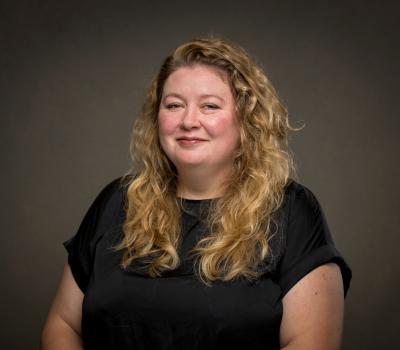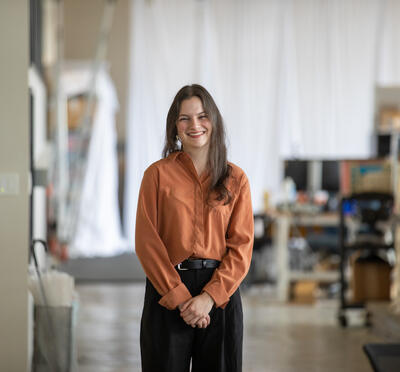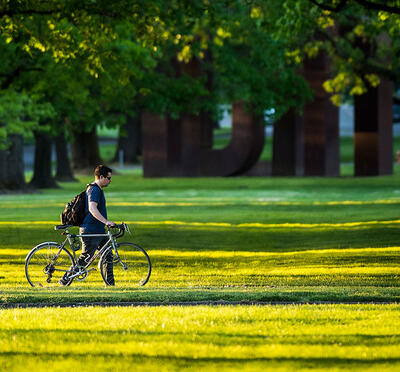Madicken Munk earned her bachelor’s degree in nuclear engineering from Oregon State University in 2011. Last September, she returned to Corvallis as an assistant professor of nuclear engineering.
In the interim, she earned master’s and doctoral degrees in nuclear engineering at the University of California, Berkeley, where she was also an affiliate of the Berkeley Institute for Data Science. Munk completed postdoctoral work at the National Center for Supercomputing Applications in Urbana-Champaign, Illinois, then became a research scientist at the NSCA and at the University of Illinois Department of Nuclear, Plasma, and Radiological Engineering, managing the Advanced Reactors and Fuels Cycles Group.
“I already knew the department and culture at Oregon State,” Munk said of her return to the College of Engineering. “Two professors who mentored me, Todd Palmer and Steven Reese, are still here, and now I have the privilege of calling them colleagues.”

She added that Sam Briggs, associate professor of nuclear engineering, was a fellow student in her undergraduate cohort.
“We did homework together,” she said.
Affection, respect for mentors and peers during undergraduate years made returning to Corvallis an easy decision
Munk’s decision to accept a faculty position at Oregon State was an easy one. Her affection for the university and the location already ran deep, and the nuclear program had continued to grow stronger. The university’s conscientious balance between research and education was another factor that drew her back.
Choosing nuclear engineering in the first place was more difficult. In high school, Munk struggled to decide what to study in college, because she was equally hooked on math, physics, and chemistry.
“It was difficult to pick just one to focus on,” she said.
In conversations with her high school physics teacher, she learned that nuclear engineering integrated all three disciplines, and the teacher pointed out that because nuclear engineering was an applied science, Munk would get to witness the impact of her work.
“I hadn’t even known nuclear engineering was something I could major in,” Munk said. “The idea that I could be involved in developing low-carbon energy technology to help meet climate goals and create new technologies that would make energy more accessible around the world sounded like a great option.”
Munk’s research at Oregon State touches several facets of nuclear engineering, including developing and testing computational tools and models that simulate radiation transport.
“In any system where people work with ionizing radiation, we want to be sure that our predictions are very close to the actual exposure risks,” she said. “At a nuclear facility, for example, our computational models and radiation transport simulations have to be accurate, so the staff can be adequately shielded from radiation hazards.”
Other research interests include modeling and simulation of the nuclear fuel cycle, which can inform reactor design, improve fuel efficiency, reduce nuclear waste, and create other benefits in the development of the next generation of nuclear facilities.
On a mission to train the next generation of nuclear engineers
Munk will be among the faculty tasked with leveraging the university’s new supercomputer at the Jen-Hsun Huang and Lori Mills Huang Collaborative Innovation Complex, set to open in 2026. She also serves as co-chair for the 2025 SciPy conference, dedicated to the advancement of scientific computing through open-source Python software for mathematics, science, and engineering.
“I’m excited about building computational tools that my group and other people in engineering and the sciences can use, and I think Oregon State is a great place to do that,” Munk said.
In the classroom, Munk strives for frequent and direct interactions with students. She encourages them to build a solid foundation in physics, which she identifies as a crucial factor in their becoming top-notch nuclear engineers.
“Oregon State’s College of Engineering is very strong,” she said. “It’s an innovator in new nuclear technologies, so it’s very exciting for me to come back here and contribute to training the next generation of nuclear engineers.”




